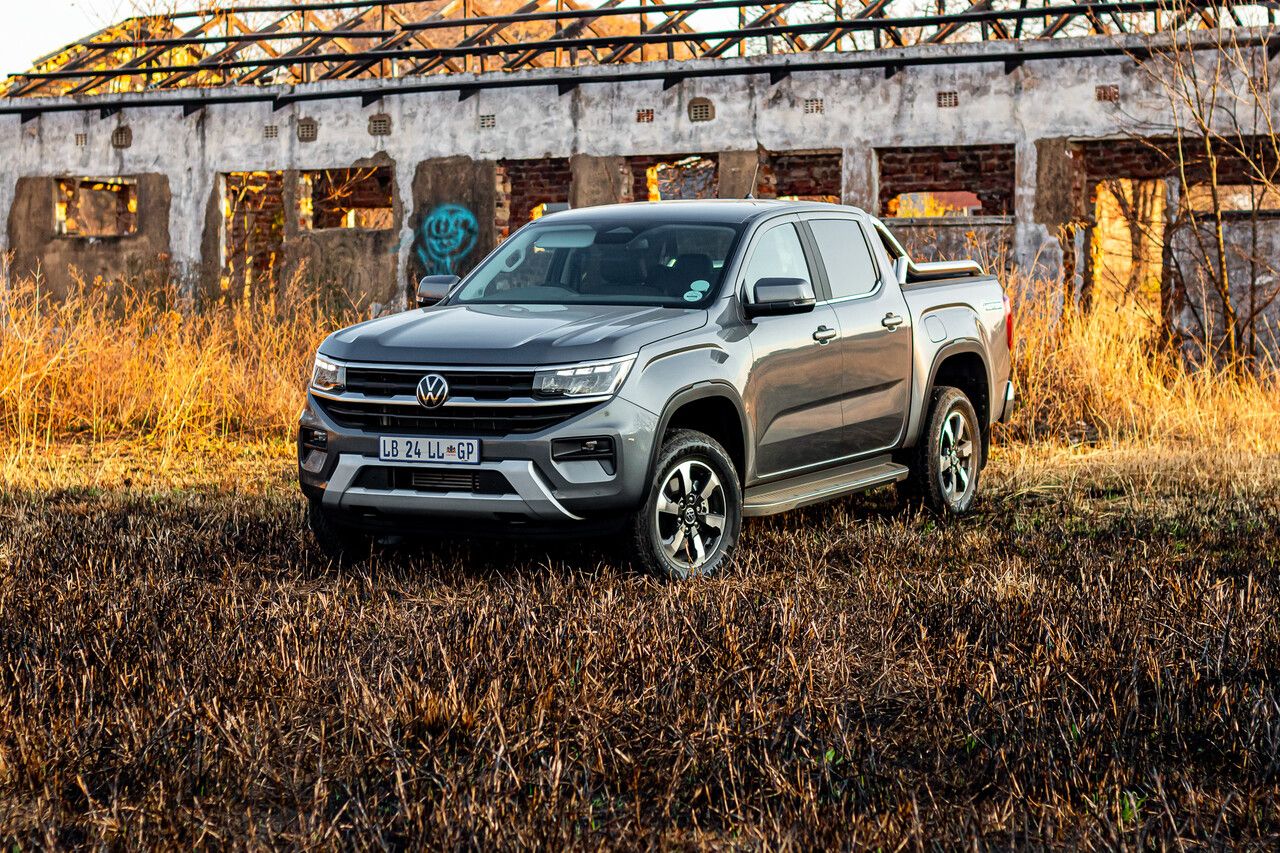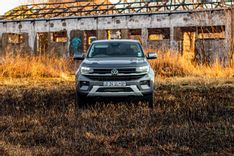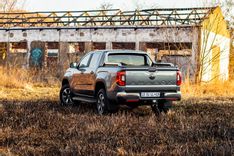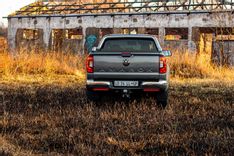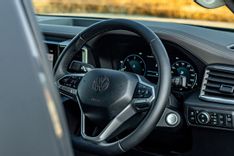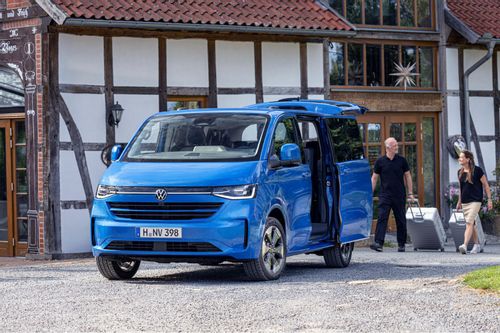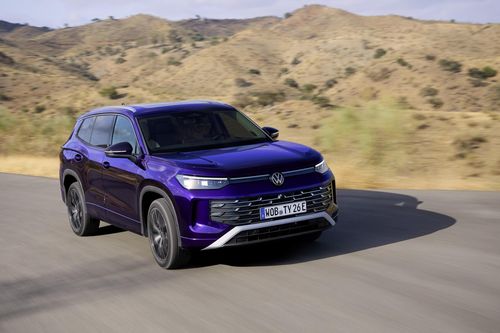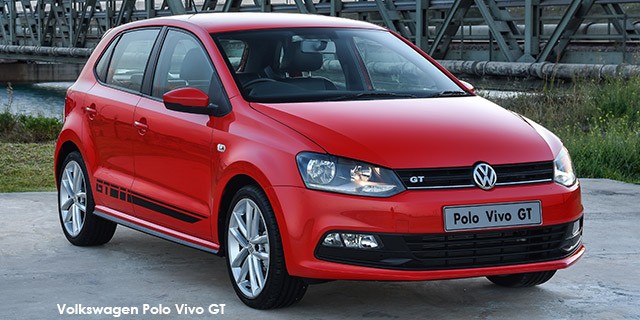Volkswagen Amarok is no lone Ranger but has a bit of Ford in its DNA
Prashirwin Naidu
The Volkswagen Amarok is a muscular, sturdy vehicle with a presence. But there is no escaping that this German favourite is built on the same platform as that much-loved Ford Ranger.
The Amarok is built in Silverton, Pretoria, the home of the Ford Ranger, South Africa’s historic first bakkie to win vehicle of the year; it stormed onto the local market like a force of nature, immediately soaring to the top of the sales charts, earning widespread acclaim. Many wonder if the Amarok would stand its ground when showing its German roots.
If you are unaware, one could easily be forgiven for thinking that the Amarok was indeed a Ranger as they harbour the same platform but a different exterior design.
But the Amarok, as we found out on the drive to Margate in KwaZulu Natal, has a distinct front fascia, grille, LED headlights, and trim rooted to Volkswagen as one knows it. The sleek LED headlights and grille follow on from the Touareg, along with the prominent VW emblem and shiny silver lower valance. This is Volkswagen, with nips and tucks destined to make it stand alone from the Ranger. The stylish roll bar and 18-inch tyres give it a beautifully mean presence.
This is an Amarok. Like Volkswagen, it has all the bells and whistles. The central console has a spacious 12-inch display, but this is an ode to the Ford look and feel, along with the control buttons, electronic shifter, and dials.
However, the multifunction steering wheel is distinctly Volkswagen. All the expected modern amenities are present, including climate control, heated seats, and provisions for USB, 12-volt, and AC220-volt charging options.
Ample storage space is available within the door panels, central console, and storage cubby. Overall, the interior of the Amarok provides a comfortable environment to spend time, whether during the monotonous hours of traffic or traversing through rugged terrain.
In this bakkie category, the mega competition includes the Nissan Navara, Toyota Hilux and Ford Ranger. Throw in the likes of Peugeot Landtrek and Isuzu D-Max; you will understand the tough choices consumers must make.
Yet, the 2.0l bi-turbo diesel was powerful enough to push out 154kw and 500NM of torque. It felt like the 2.0 bi-turbo Ford Ranger we used to Durban on a previous trip. It was torque-rich and had plentiful power; there were no qualms; it felt solid and sturdy and offered a smooth, refined driving experience.
Regarding fuel consumption, one managed 8.8l/ 100km using cruise control at 120km/h. And day-to-day city driving, one can achieve about 7.4/ 100km. Claimed fuel consumption is 7.5/ 100km.
There are 16 double cabs and three single variants to choose from. It ranges from the entry-level starting Amarok 2.0 TDI manual at R 599 000 and the top-of-the-range Amarok Aventura 3.0 TDI V6 — at R1,105,000.
Our test unit is priced at R 909 000 for the 2.0l bi-turbo four-motion model. Volkswagen is not alone in the cute bakkie league. While it stands alone, it has Ford in its DNA.
